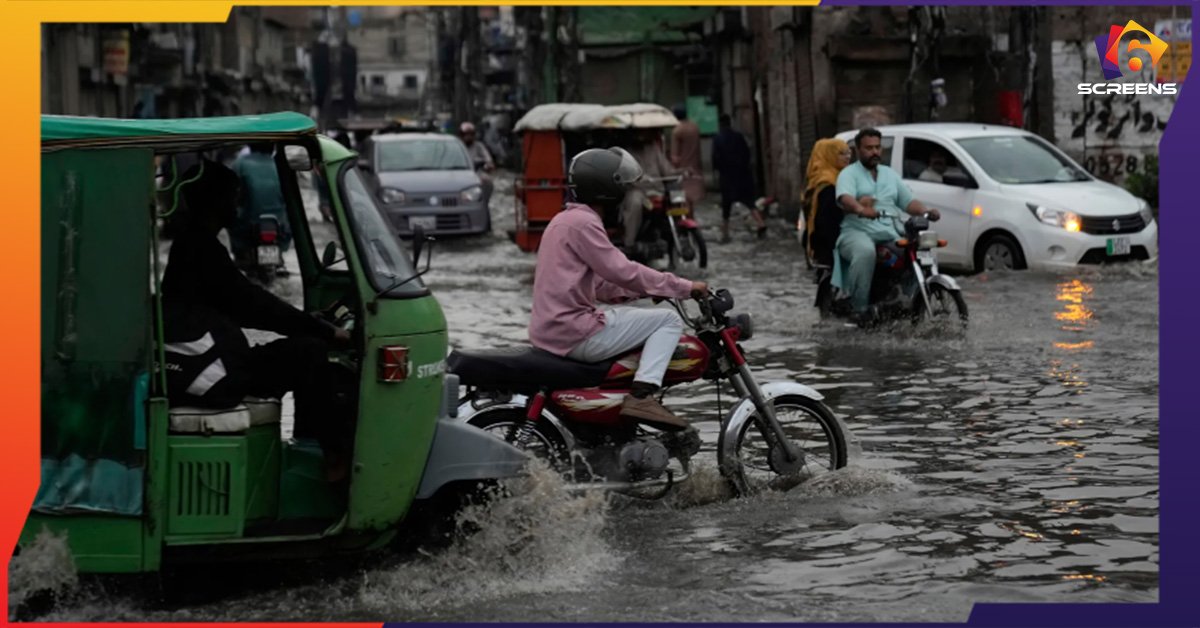
Media Coverage of the Floods: Responsible Journalism or Irresponsible Threat? – Six Screen
The floods of 2025 will forever be a deeply painful episode in the recent history of Pakistan. Unrelenting monsoon rains, melting glaciers in the north, and the unanticipated release of water in dam storage from India came together to generate what became one of the deadliest disasters in recent decades.
From Khyber Pakhtunkhwa to Punjab, villages were washed away, bridges collapsed, and hundreds of thousands were displaced. By late August, more than 660 people had lost their lives; even if the individuals were not alone, millions would also be displaced or left behind searching for food, water, and sleeping arrangements.
But as the water rose, another storm raged in the media: how should floods be reported? Should journalists capture every dramatic moment, or should they step back to protect themselves? This debate, summed up as “reporting or recklessness,” has gripped the country as much as the disaster itself.

Media and Public
In Pakistan, reporters and journalists are keeping the public up-to-date on the risks of flooding. In many cases, it acted as a lifeline. News outlets, radio updates, and social media alerts warned people about evacuations, rising river levels, and relief efforts.
Coverage also resulted in donations from inside and outside Pakistan. Without this help from our media, the losses could have been even greater. But in order to get commentary in extreme situations, many have put their lives in danger by reporting in full underwater.
In fact, many Pakistani reporters and digital creators have made news and gone viral with some extreme underwater reporting.
Social media users have been outraged by the irresponsible behavior of reporters and digital influencers. One fan commented, “You tell people to stay home, yet you take your entire reckless team on the bridge that is about to break.” Another expressed, “Reporting doesn’t mean you have to ruin your life; television can show us everything with the visual material from a drone.” Another expressed his disapproval: “Reporting doesn’t mean you have to risk your life; everything can be covered through drones.” Another said, “The way they are standing in the water, they can die ANY moment.” One taunted, “If they don’t report underwater, how are they going to get views?”
At Six Screen, we recognize the power of responsible coverage. In today’s connected world, stories do not remain on a single platform; they spread across television, smartphones, laptops, tablets, and streaming sites.

Striking the Balance
Pakistan needs strong journalism, especially during natural disasters. The floods exposed long-standing issues: deforestation, unchecked construction on floodplains, and weak drainage systems in the country. Reporters play a crucial role in keeping these failures visible. However, putting lives in jeopardy for dramatic visuals isn’t the solution.
As Six Screen highlights, media should be used as a form of awareness and accountability and not a race to the most unsafe shot. Balanced reporting is telling the story with urgency and accuracy, as well as protecting the reporters in the field and the people who are already suffering.

